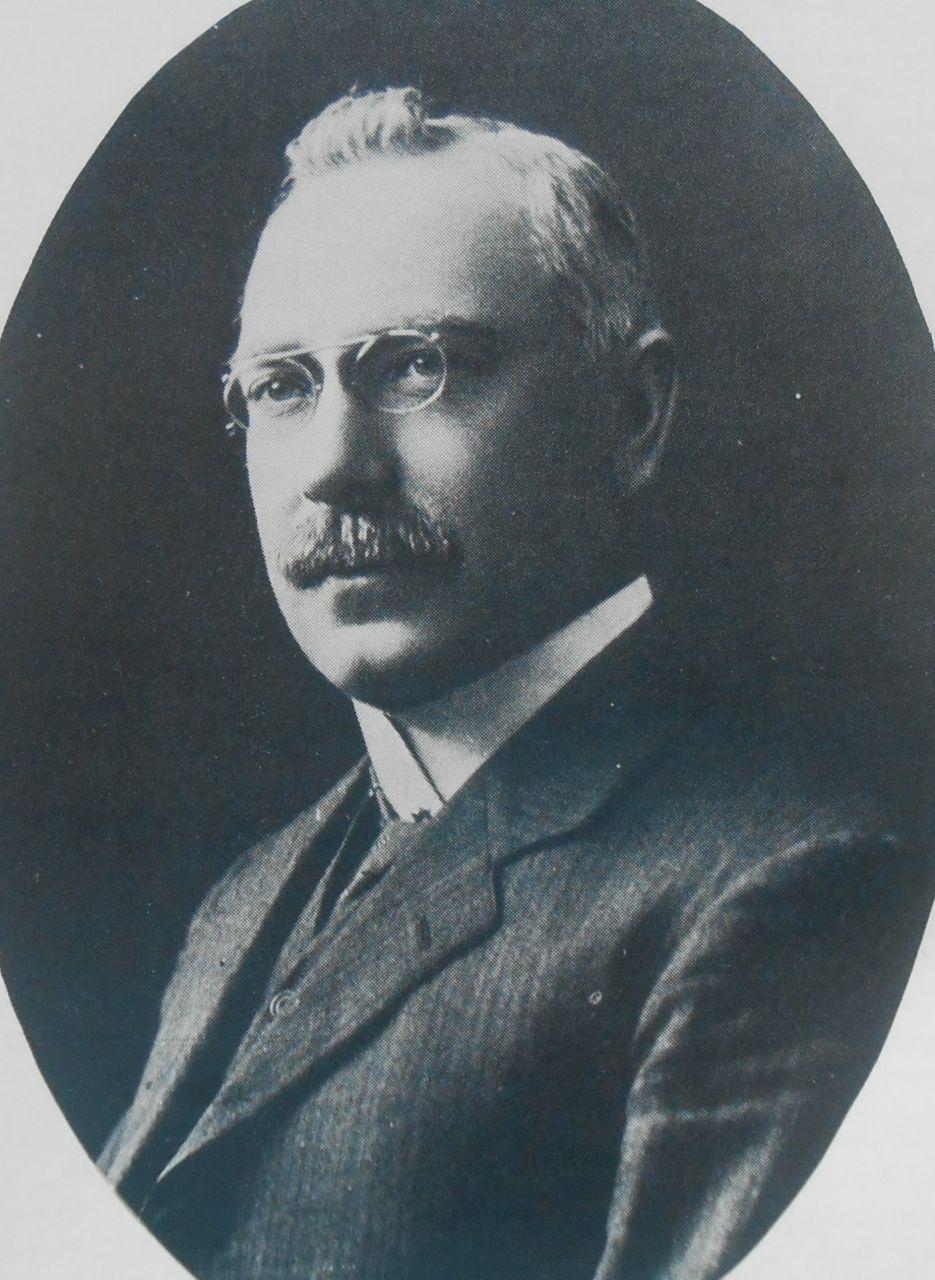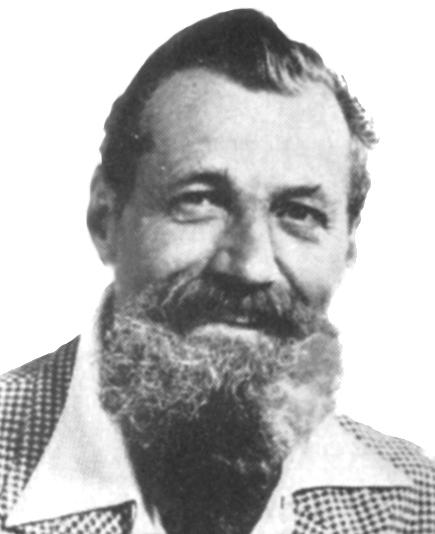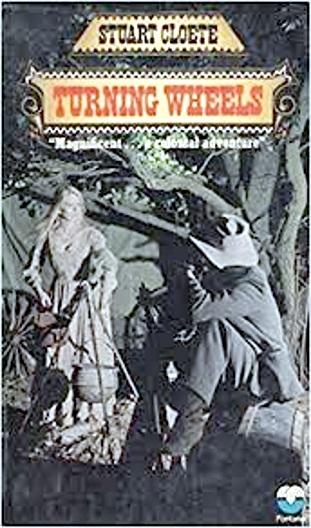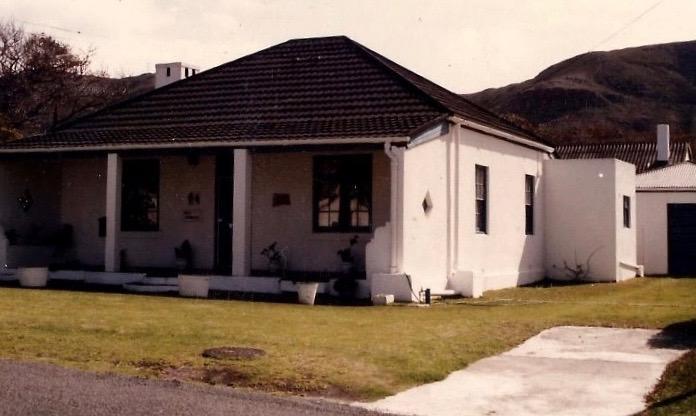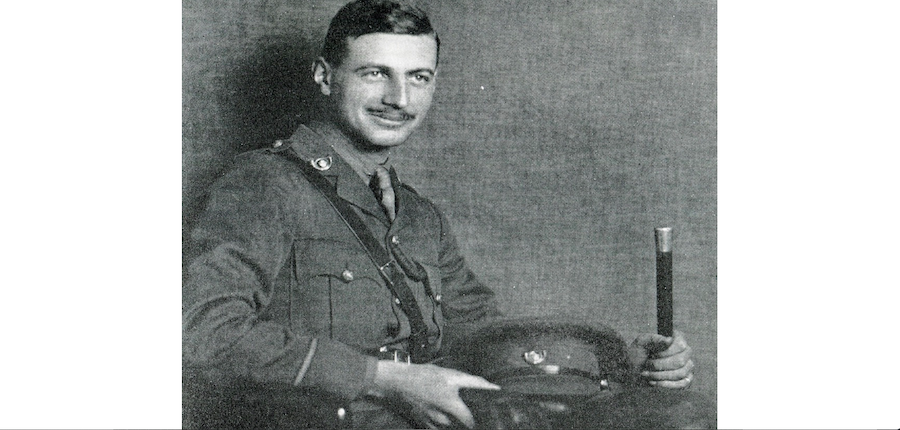
Disclaimer: Any views expressed by individuals and organisations are their own and do not in any way represent the views of The Heritage Portal. If you find any mistakes or historical inaccuracies, please contact the editor.
One of the obvious features of Hermanus history is the large number of famous and well-known people who visited the town during the 20th century. Some came only once, for instance the internationally known English woman pilot, Amy Johnson, who rested for a few days at the Marine after her record-breaking solo flight from London in the 1930s.
Other famous people never settled here for any length of time but came repeatedly. Sir William Hoy is the best example of this. He relaxed here from his work as General Manager of the South African Railways for many years. He loved the fishing and the serene atmosphere of the little village, and stayed at the Marine Hotel on every occasion.
Sir William Hoy (Railways Magazine)
But a few individuals with international reputations settled here and became part of Hermanus life. Perhaps the best known in this category is the novelist Stuart Cloete and his second wife, Mildred West, always known as Tiny. Stuart was already a best-selling author when the couple purchased a farm known then as Wesselshoek, between Stanford and Gansbaai in 1948. They stayed there for five years and in 1952 moved into Hermanus and bought a property at 24 Westcliff Road in Westcliff. They lived there together until Stuart died in 1976, having resided in our town for 38 years. Tiny continued to live in Hermanus until her death in 1993, having been settled here for 45 years. Both Stuart and Tiny are buried in the Hermanus cemetery.
Stuart Cloete
Stuart Cloete was definitely not retired nor resting on his reputation while he lived in our town. Between 1952 and 1976 in Hermanus, he wrote and published no fewer than eight of his fourteen novels, as well as eight collections of short stories, a three volume autobiography and four books of social and political comment. In his spare time, he and Tiny bought, renovated and resold at least 20 fisherman’s cottages, thereby making a substantiasl contribution to the heritage of the town.
Cloete was a highly controversial figure in his time, though not widely read now. His life seems to come straight out of the setting of the mystery, violence and misunderstanding portrayed in his novels. He was born on 3 July 1897 in Paris, into a family the surname of which he believed was “Graham”. His mother was Scots and his father, South African. He was the fourth of a family of five male children. Father and mother had busy social and business lives and Stuart’s much older brothers left the family home when Stuart was very young. One biographer has worked out that the entire family (father,mother aand five sons) gathered as a group on only one single occasion - in 1903.
Stuart was brought up by and received early private education from a governess in Paris until he was eight years old. He was then sent to a boarding school in England. In 1909 he was taken out of that school and sent to a series of French schools. He ran away from every one of these and was sent again to England, where he eventually finished the basic curriculum in 1914. He immediately left school and enlisted in the British Army on 17 September 1914, with the rank of Second Lieutenant in the Coldstream Guards.
In 1915, shortly before Stuart was sent to the frontline in France, his father shared a secret with him and told him that the family surname was not “Graham”, but “Cloete”. Stuart’s father revealed that he had been convicted of fraud at one time and spent time in prison. After serving his sentence, he had unofficially taken a different surname to conceal his identity and criminal record. Because he was on the point of leaving with his regiment for France, Stuart did not take action at this time, but in 1924 he took legal steps to recover his real surname, which gave quite the imposing new name of Edward Fairlie Stuart Graham Cloete.
Stuart Graham (as he still was legally) fought in France from August 1915 to late 1916, when he was wounded in his left lung, which paralysed his left side. He also suffered from shellshock (PTSD) and was hospitalised in the town of Reading in southern England, where a nurse, Eileen Horsman took care of him. As was the case with many of the wounded, he fixated on Eileen as the carer in his life and they married in July 1917.
Stuart returned to the Front and was wounded again in May 1918. After the war ended the couple settled in France on a small farm Stuart bought. They stayed there until Stuart was well again. He had now become interested in his South African origins. In 1924 Stuart Graham reverted to the surname Cloete, and the couple decided to go to South Africa.
Cloete secured a job with the Transvaal Estates and Development Company, working as a manager on a cotton farm near Wambaths, just north of Pretoria. Once he had understood the nature of the climate and local demand, he set up a dairy farm of his own in the same vicinity, but closer to the town of Pretoria. He supplied dairy products and, especially, fresh milk to city families. This venture was commercially successful, but by 1935, he felt that he had done enough to prove that he was a capable farmer and started to write stories.
He became bored with ranching, as he admits:
It isn’t a bad life, ranching. But after a while, you begin to think. One day it occurred to me that I had spent enough of my life at the job of looking after cows. There is just so much you can do with cows. I had a lot of good ones, and if I would stick at it for thirty years more I’d have better ones…it seemed to me that nothing else would change much whether I stayed on the ranch or not. So I chucked it up and went to London. That’s when I decided to have a shot at writing.
By 1937, he had published his first novel: “Turning Wheels”, which was a best seller in the UK and USA, selling more than two million copies in the first year. The ‘turning wheels’ of the title are those on the ox wagons of several fictional parties of original Voortrekkers during the Great Trek. However, it is not the ‘Groot Trek’ you were taught about in school history textbooks. Battles with the African tribes (which Cloete consistently refers to as “K…..s”) are described in gory realism, with heroes and villains on both sides. Sex is an important topic, also conveyed in realistic descriptions, and the Boers are treated critically, as individuals, and not as national heroes. An academic critic describes the content as follows:
On one level, Cloete relates the saga of a group of Voortrekkers who under the primary leadership of an unequivocally egocentric forty-six-year-old widower, Hendrik van der Berg, leave the Cape in 1836 and, after numerous tribulations en route take several of their lives and decimate their initially vast numbers of horses, cattle, and sheep, reach the Northern Transvaal in January 1838. Some of these migrants battle not merely the forces of nature and black Africans who resist their incursions, but also engage in both physical and psychological battles with each other. Van der Berg possesses an almost insatiable sexual appetite which in turn possesses him. The focal point of his desires is the comely blonde daughter, Sannie, thirty years his junior, of his comrade Johannes van Reenen. Enmeshing this already thorny situation, she has attracted the attention of her grizzly admirer’s eighteen-year-old son, Herman, who impregnates her. After discovering their tryst, which has thwarted his fantasy of using Sannie as the maternal component of a dynasty he hopes to engender, the enraged Hendrik implausibly rids himself of his filial rival in a staged hunting accident. He subsequently marries Sannie in a union for which she has no enthusiasm, and he exploits exclusively for his ends.
After reaching their destination, the Voortrekkers enjoy some success in creating a prosperous agricultural community before locusts, animal diseases, and other hardships deflate their bubble. Their settlement is eventually largely obliterated by an army of black warriors while most of its Caucasian inhabitants are attending a service of worship in another Voortrekker community. In the meantime, Hendrik van der Berg has set out in pursuit of his young wife, who has absconded with another man, but he inadvertently shoots himself in the foot and dies of the wound.
The overall picture which Cloete paints of this segment of the Great Trek is thus one of intrigue, poisoned motives for migrating, social disarray in the community, racial strife and oppression on all sides, and group defeat.
Book Cover
Not unexpectedly there was an outcry, and the Government immediately banned the importation of any copies of the book. Later four more of Cloete’s novels were banned while Turning Wheels was not unbanned until 1974. But internationally the book was a hit, being translated into fourteen languages. Stuart was invited to Hollywood to discuss filming it. With the War just starting nothing came of the approach, but two of his subsequent thirteen novels were later made into popular films. The films were The Fearless Heart (1961) and Majuba (1968), and both were moderately successful. There was a strong representation of South African actors in Majuba (including Patrick Mynhardt and Anna Neethling-Pohl), while South Afrcan Juliet Prowse had the starring role in The Fearless Heart.
Albert R Broccoli (who produced the early James Bond films) approached David Lean to direct a film version of Rags of Glory, but Lean declined. Lean described the book as …Very good, in an awful sort of way.
In 1939, Cloete travelled to the USA to publicise the book and, on board the liner, met Millicent West. Subsequently, he divorced his first wife, Eileen, and in 1940 he married Millicent, always called Tiny. The couple based themselves in the USA for the duration of World War II. Cloete published quite steadily during this period: Watch for the Dawn (1939): The Hill of Doves (1942); Christmas in Matabeleland (1942); Congo Song (1943); a book of poetry; and three nonfiction books.
In 1948, the couple decided to return permanently to South Africa and bought a farm between Stanford and Gansbaai. It was known then as Wesselshoek. Some accounts describe the farm as being part of what is now Grootbos Private Reserve, while others claim that it is now the health resort Bodi Khaya. Both are prime fynbos areas, Stuart invested much time and effort in clearing alien vegetation from the land and encouraging the growth of natural fynbos but does not appear to have actively farmed. At about this time, he wrote another novel, The Curve and the Tusk, which was published in London and Boston.
Some references claim that Cloete invested large percentages of the couple’s income in the farm, without a corresponding return and that Tiny had to intervene and oblige him to sell up and move into town before the farm bankrupted them. However, the official records show that Cloete paid £2850 for the property and sold it four years later for £8000, a very considerable profit.
Tiny and Stuart remained in Hermanus for the rest of their lives. Stuart died in 1976 and Tiny in 1993. During Stuart’s lifetime, they appear to have devoted much effort to buying fishermen’s’ cottages, renovating them and reselling them. In later life, Tiny changed her name to Rhena. She became active in Animal Welfare and donated funds for the creation of the Tiny Cloete Clinic that is part of Mollergren Park. Both are buried in the Hermanus cemetery.
Cottage in Mitchell renovated by Cloetes
In an interview given late in life, Cloete said:
As a man I am very happy, but, as a human being I am in despair, as I can see no answer to overpopulation or pollution.
Dr Robin Lee retired to Hermanus in 2001 after a career in the academic world and working in NGOs. In 2003 he started the University of the Third Age in the town and is involved in teaching and administrative work on a voluntary basis. In 2012 he joined a group that wished to formalise the study of the history of the area. This group is now known as the Hermanus History Society. Click here for details of the activities of the Society.
Comments will load below. If for any reason none appear click here for some troubleshooting tips. If you would like to post a comment and need instructions click here.

